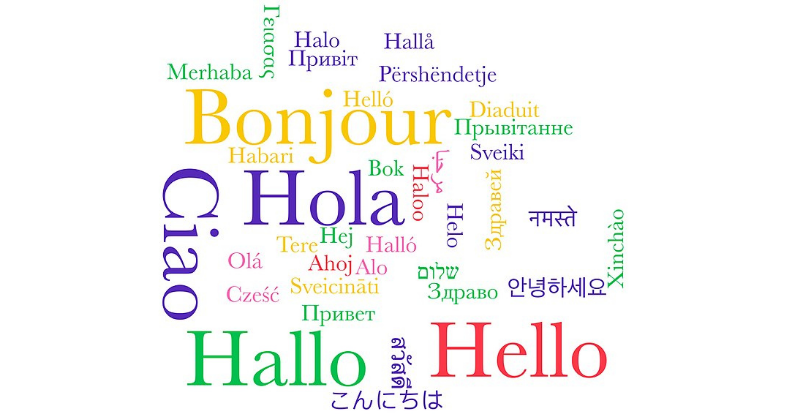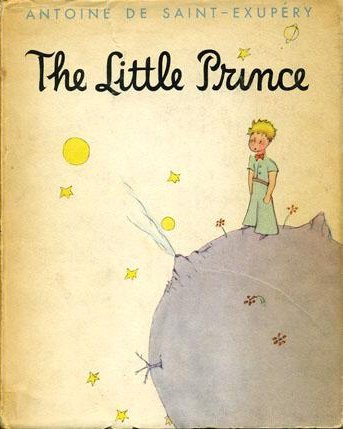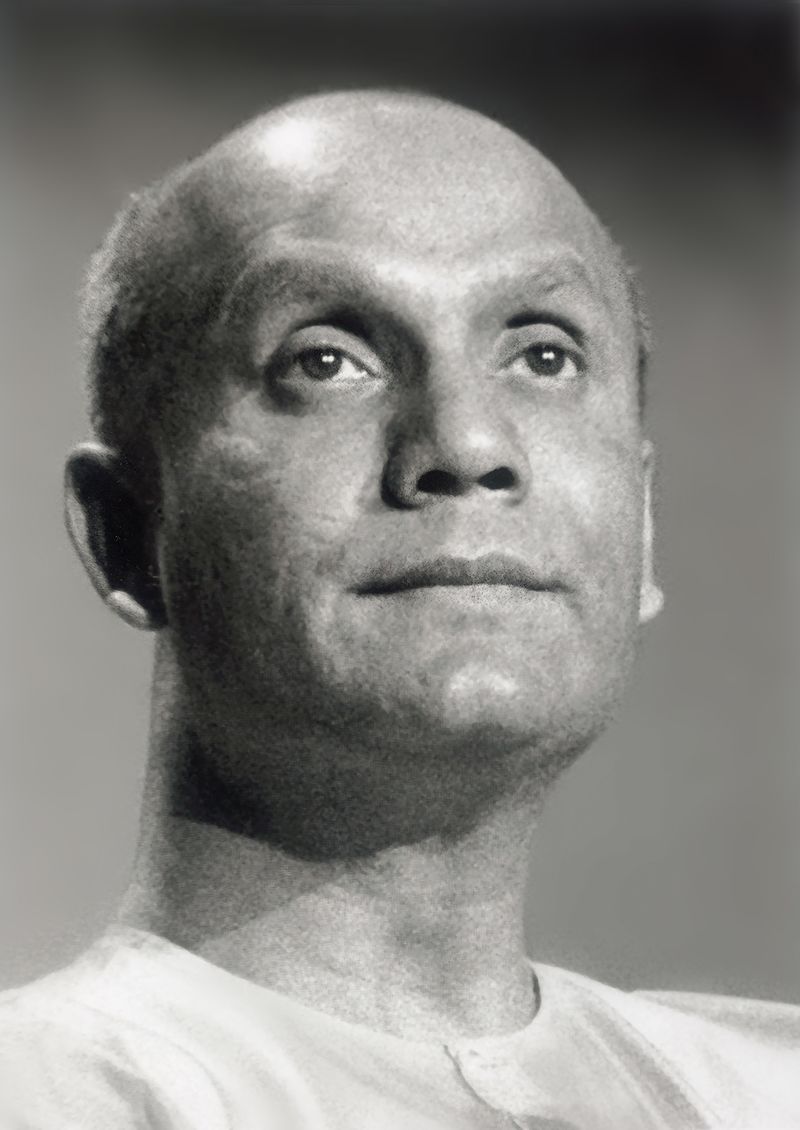The Most Remarkable Feats of Translation in History
As a translation company, we are – naturally – very interested in translation and well-acquainted with the process. So, we decided to take a look at the most translated things ever. Read on to find out more!
Book: The Bible
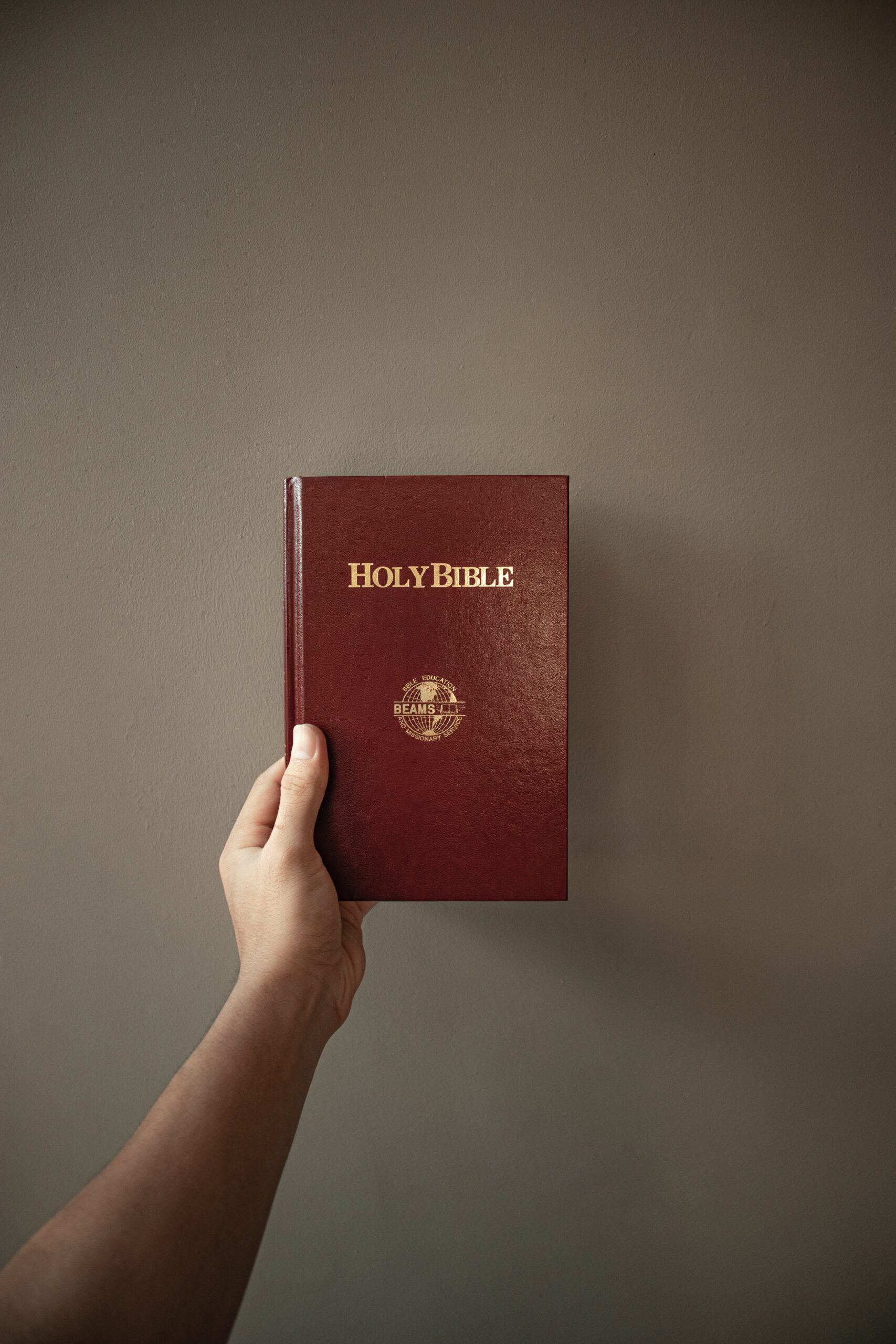 First up on the list of the most translated things ever, is the most widely propagated piece of literature in history. The Bible (in all of its various forms). A clear winner, it blows everything else out of the water.
First up on the list of the most translated things ever, is the most widely propagated piece of literature in history. The Bible (in all of its various forms). A clear winner, it blows everything else out of the water.
The entire Bible (Protestant Canon) has been translated into 704 languages. This gives 5.7 billion people, roughly 73% of the global population, access to the same piece of work in their mother tongues. However, if you factor in partial translations of the Bible, the total number of eligible languages skyrockets: to a frankly staggering 3,415.
On top of the 704 full translations, there have been 1,551 further translations of the New Testament, and 1,160 more translations of “selections” & “stories” from throughout the canon. Equalling 3,415. [All information accredited to: https://www.wycliffe.org.uk/about/our-impact/]
This leaves almost 7 of the 7.8 billion humans on Earth with some access to the same piece of work, in their mother tongue.
This explosion of Biblical translation was not a foregone conclusion, however. At many times and in many places, Biblical translation was very much prohibited. Predominantly during the Middle Ages, many translators were executed for their efforts, such as: Jakob Schmidlin, William Tyndale, Jan Hus, and Thomas Matthew.
First written in Hebrew (Old Testament; with 1% being Aramaic) & Greek (New Testament), some of the first recorded translation efforts were Biblical Latin translations. In fact, the Patron Saint of translation, Saint Jerome, is best known for his translation of the Bible from Hebrew into Latin.
The western Christian tradition for the next 1,000 years or so, kept a tight grip on their scripture by predominantly keeping it in Latin.
With the reformation, and the creation of Protestantism, there was a much larger emphasis on translation into vernaculars (local languages). With this new evangelism, followed the colossal translation project that we see today.
Book (non-Religious): Le Petit Prince (The Little Prince)
Next on the list, and for non-religious books this time, is Le Petit Prince by Antoine de Saint-Exupéry.
Most, slightly older sources, will have “The Adventures of Pinocchio” as the most translated (non-religious) book of all time. However, Wikipedia gives a nebulous “>300” number for the Marionette and a precise “382” for the Prince. Furthermore, and this is what sealed the deal for us, is that the Guinness World Record for “The Most Translated Book, Same Author” is Le Petit Prince and Saint-Exupéry, with the same, very impressive, 382. Translations efforts of this novella have even reached the constructed language from the Star Wars world, Klingon!
Initially published in both English & French in 1943, the story is said to be modelled on the author’s own lived experience. The novella is set in the Sahara Desert of North Africa, the place where Saint-Exupéry & his co-pilot crashed en route to Saigon (perhaps an echo of the Prince’s Asteroid), and were stuck there for eight long days. Thankfully for them, and for the literary world, they were miraculously saved by a Bedouin.
Not only has it been translated into a school of different languages, but also different media forms. These include live on-stage retellings through ballet, opera, and play; for the screen, with both television & film; or in audio form, such as radio drama or audiobook.
Another worthy candidate
As aforementioned, the Little Prince is run very close by Pinocchio and his adventures. As such, it would be remiss of us not to mention the marionette.
Written by Carlo Collodi, this saga was initially published in weekly episodes in the Italian magazine Giornale per i bambini. This carried on for a few months but eventually stopped. However, after extremely popular demand by readers, the story was resumed in 1882 and fully published in book form in 1883.
Written by an Italian, for an Italian magazine, it is no surprise that the original language was, in fact, Italian! Almost 140 years later, however, this book is now available in well over 300 languages. From Arabic, to Russian & Bengali, Pinocchio has travelled not only around his fictional world, but the real one as well.
Poem: “O Dreamers of Peace” – Sri Chinmoy
The poem that falls on this list? “Oh Dreamers of Peace” by Sri Chinmoy. The poem was recited in a staggering 203 different languages at one single event. According to the website, the languages ranged “from Bengali and Maori to Newari and Zulu“.
The event in question was the Sri Chinmoy Oneness-Home Peace Run. Started in 1987 by Chinmoy himself, designed to do no other than “create goodwill among peoples of all nations”, the run has covered an estimated 395,000 miles over the years.
Chinmoy was many things, a poet included, and wrote an unbelievable circa 120,000 poems! Of this colossal collection, “Oh Dreamers of Peace” was selected to be the most-recited record breaker.
The English version of the little focal point:
“O dreamers of peace, come.
Let us walk together.
O lovers of peace, come.
Let us run together.
O servers of peace, come.
Let us grow together.”
– Sri Chinmoy
Interestingly enough, the previous holder of this world record was the very same Sri Chinmoy! His poem, “Be Like a Child” was recited in 146 languages in 2010. Here is the former record holder:
“Be like a child,
Act like a child.
Go from one flower to another
In your heart-garden
Until you find complete joy
And perfect satisfaction.”
– Sri Chinmoy
Sadly, Chinmoy passed away in October of 2007. However, his legacy in a whole host of disciplines – including translation – will continue on long into the future.
Document: The Universal Declaration of Human Rights
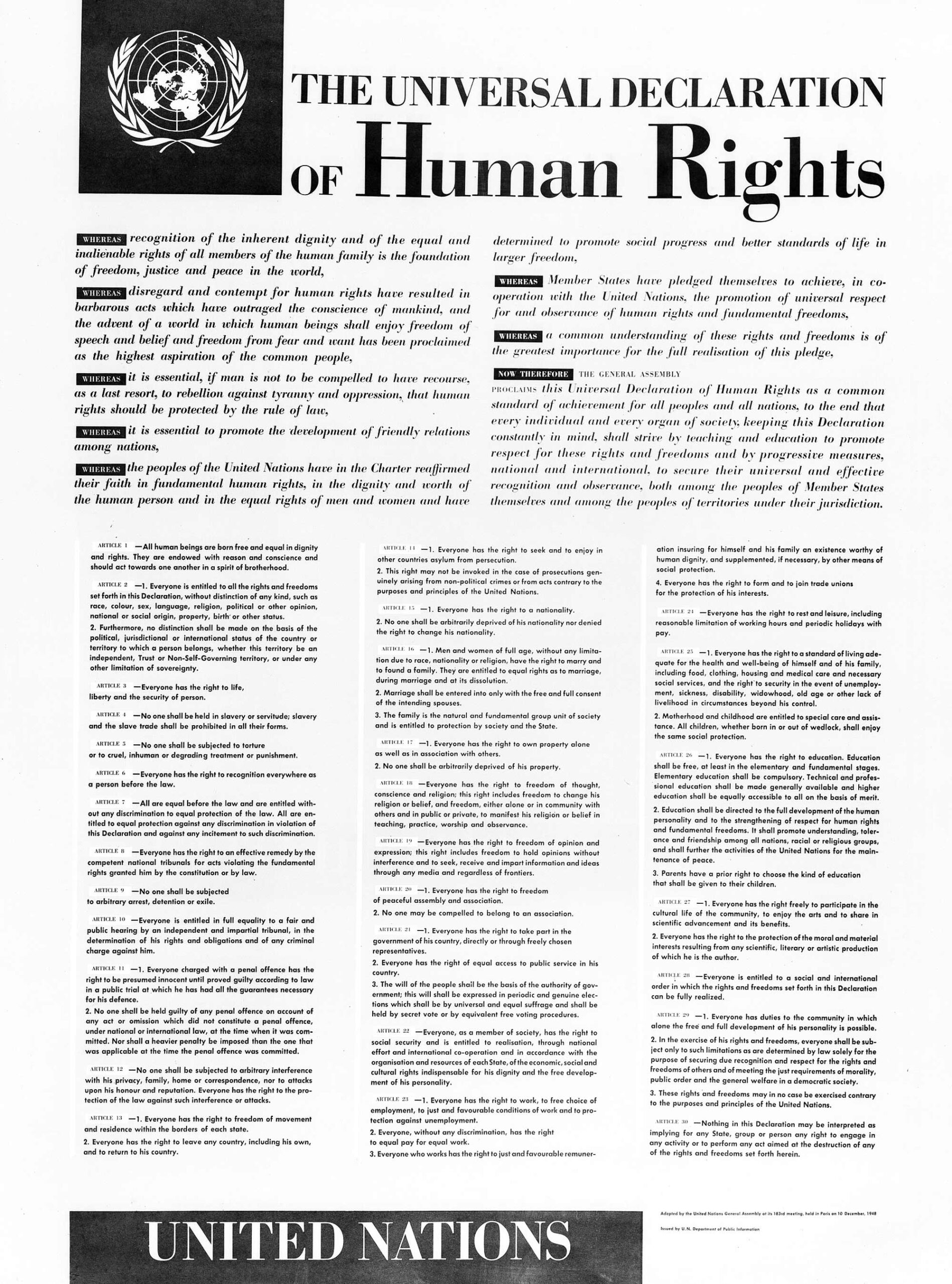
Representing the ‘documents’ in the list of the most translated things ever, is the Universal Declaration of Human Rights (UDHR).
According to their very own website, the UDHR has been translated into 525 total translations “from Abkhaz to Zulu”. Recent additions include: Rohingya, Afar, and Crimean Tatar, with the very latest (as of February 2021) being Alsatian, or Elsässisch.
Again, similar to the first two entries on this list, the primary reason for the incredible amount of translations, is the simple premise that all are entitled to their human rights. The United Nations – the body that published this document – states that they are a body for all, and that all are entitled to the rights that they set out in the UDHR.
It is little surprise, then, that there has been a concerted effort to localise the document into as many languages & dialects as possible. In fact, there is an open invitation on their website inviting anyone to translate the UDHR into a new language. If one looks at the list of languages and their contributors, you will see official organisations (United Nations Association, Wales; Cymraeg) and private individuals (Xi Lu; Bizisa), alike.
The official document was initially published in two languages, those being English and French as these were the working languages at the time.
Website: The Jehovah’s Witnesses’ Website
An initial surprise, the most translated website in the world is www.jw.org/ ! As the title belies, this website is the online home of the Jehovah’s Witnesses and their various areas of work.
What is most interesting to us, however, is their “select your language” pop-up: it is truly quite staggering. Totalling a number of 1,028 (as of Feb. 2020), ranging from Abaknon of the Philippines (the first), to IsiZulu of South Africa (the last). This even includes various sign languages from across the world: from Albanian to Zimbabwean.
Perhaps, the first question that comes to mind is: Why go through this inordinate amount of effort?
Well, the answer lies in their very identity as a group. Jehovah’s Witness are Christians, although distinct from the mainstream, and (maybe this is a crucial to reason explain their fervency) they believe in an imminent Armageddon. They wish to spread their message as far & wide as possible, as soon as possible, and so it is hardly surprising that translation has become one of their frontiers. Language barriers are the natural obstacle to sharing any “news”, as Witnesses may refer to their work. Therefore, they are something that needs to be overcome.
Author: Agatha Christie

Topping the list of the most translated authors of all time, is the fantastic Agatha Christie. There have been over 7,236 (and counting) translations of her work, into over 100 target languages. This figure of over 7,000 dwarfs the second place of 4,751, belonging to Jules Verne. In terms of raw sales, since her first publication in 1920 (The Mysterious Affair at Styles) she has sold over 2,000,000,000 (yes, billion!) copies of her work, according to the Guinness Book of World Records. A truly incomprehensible figure.
Despite her now mythic status, her stunning success was not a given from the outset. Her first novel that she wrote at around 18 years of age, Snow Upon the Desert, was rejected by 6 different publishers!
One shining example of a ‘Christie translator’ is Ragnar Jónasson. An Icelandic man, he has translated 14 separate Christie novels into Icelandic, with one particular clue, in Lord Edgware Dies, taking 10 years to work through!
Another, on the opposite end of the previous shining example, is the reshaping & censoring of Christie depending on the political climate. Translation into Italian during the Fascist years of the 1930s, was particularly bad. The regime thought fiction to be an immoral genre, and many plot points were edited to suit political views.
One Italian translator, Alfredo Pitta, translating Murder on the Orient Express, changed a suicide to a mysterious disappearance into a desert. He also changed the nationality of two Italian criminals to an Irishman and a Portuguese. In another novel, Lord Edgware Dies, translated by Tito N. Sarego, the representation of a Jewish character was completely changed from the original, becoming deeply anti-Semitic [source].
A Notable Mention
Another prominent mention has to go to Fyodor Dostoevsky. Although coming 17th on the list of the most translated single authors of all time (2,342), he outstrips Christie by some way in terms of total number of target languages. The number of different languages that Dostoevsky has been translated into stands at over 170. Granted, the figure of 2,342 – the all important one for this section – does not equal a third of Christie’s 7,236.
So there we are! Here we have some of the most remarkable feats from our world of translation. Did we miss anything? If you have other interesting record-breaking translation stories, let us know in the comments below!
Check out some more of our content, here! Should you require any of our services, please click here.

